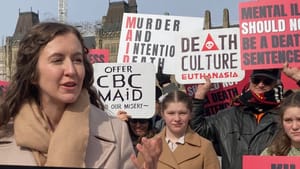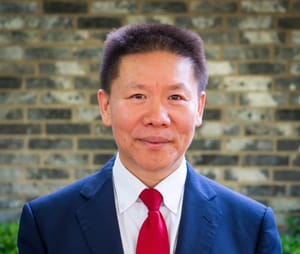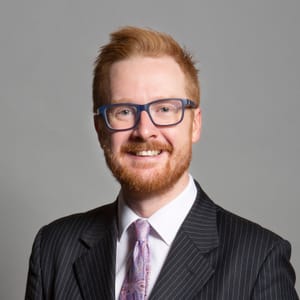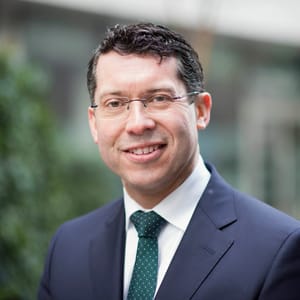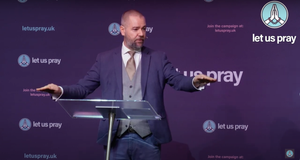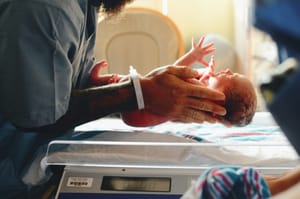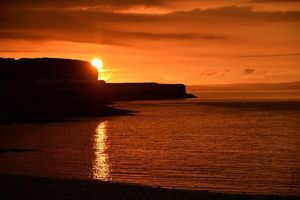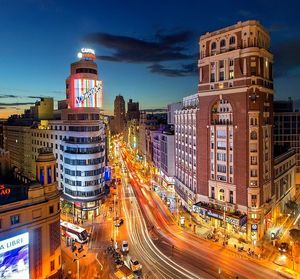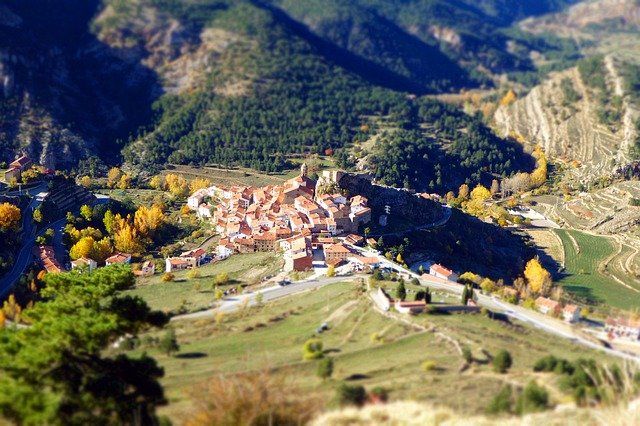
History
Carthage dominated Spain from the fifth century B.C., then Spain became part of the Roman Empire from 200 B.C.. This ended when it was overrun by the Visigoths. The Moors invaded from North Africa in A.D. 711 and advanced up Spain until they were checked in battle at Tours in 732. Spain was effectively ‘partitioned’ between the Catholic north and the Muslim south until about 1000. Evidence of Moorish influence is still to be seen in the architecture and place-names in southern Spain.
By 1250 the Catholic kings had reconquered most of Spain from the Moors. The Catholic areas belonged to the kingdoms of Castile and Aragon and were united politically by the marriage of Ferdinand of Aragon to Isabella of Castile. The unification of all Spain was complete by 1494. Under ‘the Catholic kings’ of this era Spain became a super-power. The discovery of the New World by Christopher Columbus meant vast new wealth for Spain.
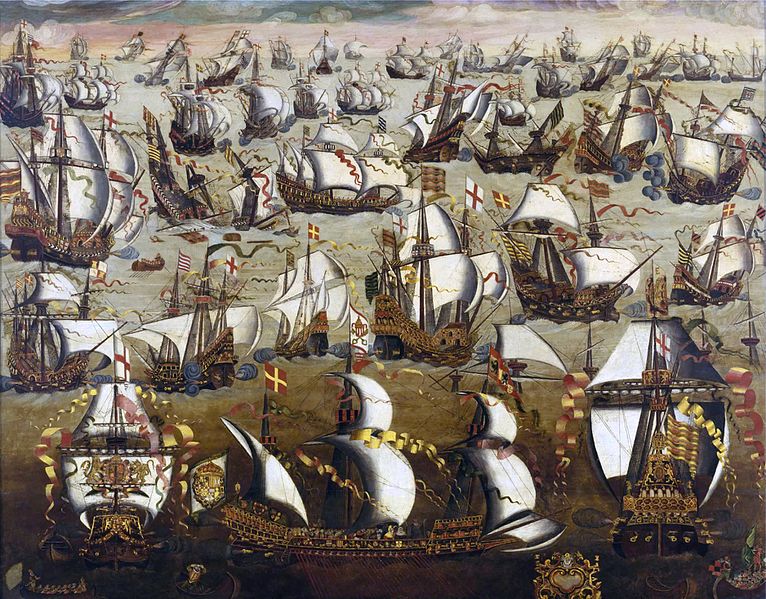
From the late sixteenth century, however, and with the defeat of the Armada in 1588, Spain’s power and empire began to decline. The seventeenth and eighteenth centuries were periods of intellectual torpor and extreme social conservatism in Spanish society. The Roman Catholic Church became hopelessly intolerant and corrupt and its power waned. Throughout the nineteenth century Spain was convulsed by internal civil strife. 1873 to 1874 saw the establishment of a brief ‘first republic’.
Republicanism and socialism grew again in Spanish society during the twentieth century. This led to the ‘second republic’ of 1931 to 1936 which was anti-fascist and anti-clerical in ethos. Growing strife between republicans and nationalists led to the Spanish Civil War lasting from 1936 to 1939. The nationalists led by General Franco and supported by Hitler’s regime defeated the republicans. Franco restored the fortunes of the Vatican in Spain.
Franco’s ensuing dictatorship lasted until his death in 1975 when King Juan Carlos I assumed the Spanish monarchy. There followed a slow but steady transition to democratic government. In 1986 Spain joined NATO and the European Economic Community. Full religious rights were given to evangelicals, Muslims and Jews in 1992.
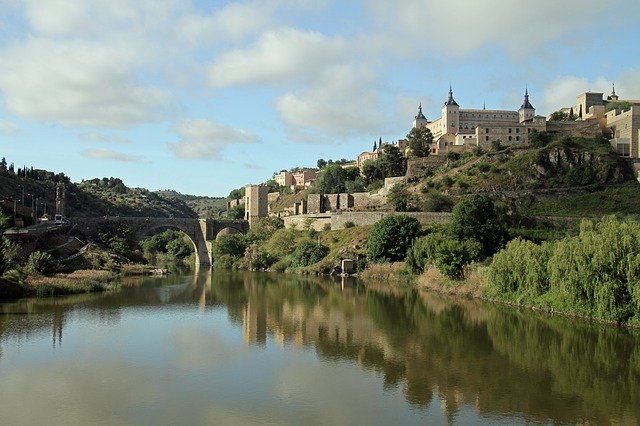
Church history
It is possible that the apostle Paul visited Spain (Romans 15:24). By the third century there was a national but heretical (Arian) church. At the Council of Toledo, in 589, Spain accepted Roman Catholicism.
In 1479 the Roman Catholic Inquisition was introduced to Spain. Its trials against non-Catholic ‘heretics’ were conducted in secret under torture. Its penalties ranged from fines or imprisonment to death by burning. Jews and Muslims were treated mercilessly, as Protestants were later.
By the time of the Reformation Spain had entered on her golden age of imperial prosperity. It was also the one country in Europe where the worst excesses of the Catholic Church had already been ‘cleaned up’ by the church itself. Both factors made it difficult for Reformers to obtain a sympathetic hearing from the general populace. Spain, infatuated with her American wealth and conscious of her earlier struggles on Catholicism’s behalf against Islam, was not going to weaken towards Protestant ‘heretics’.

The first public burnings of Protestants took place in 1559 in the presence of the heir to the Spanish throne. The limited, transient impact of the Spanish reformation was among isolated families and individuals of the aristocratic and educated classes. No Protestant churches were formed.
Catholicism continued in a position of complete dominance until around the time of the first republic in 1868, when new laws brought relief to the few believers. Missionaries were also allowed to enter Spain from that date. Today most of the older evangelical churches find their origins in that period.
Roman Catholicism continued to be very powerful in Spain and the second republic (1930s) was a welcome respite to Protestants. It is not surprising that when Franco triumphed in 1939 Protestants were denounced as republicans. Persecution followed. Churches were closed and in some cases children were removed from the care of their families. It was only after the second Vatican council that a measure of religious toleration in Spain was granted again. Following the death of Franco in 1975 complete religious freedom was guaranteed under the new constitution.
Current situation
There are many towns and villages in Spain still conscious which side they were on in the civil war. In former nationalist areas Christians can face enormous social pressures. Spanish character is said to sit easily with monarchy and dictatorship. An authoritarian Roman Church can therefore be easily accommodated while Protestant groups are looked on as sects. In fact, the cults, especially the Jehovah’s Witnesses and Mormons, outnumber evangelicals. There is widespread interest in the paranormal and occult. Nonetheless Spain is said to be more open to the gospel today than for a very long period.
Although Spain is regarded as devoutly Catholic, only about 20% of her people are practising Catholics and anticlerical attitudes are widespread. Yet there is a developed cult of Mary, with prominence given to ‘miracle-working relics’ and elaborate and semi-pagan processions and pilgrimages.
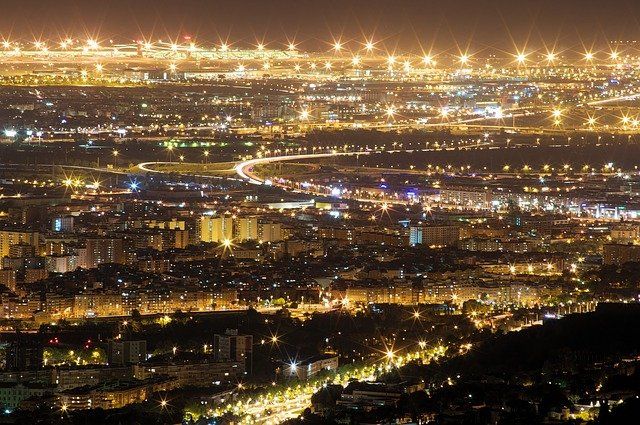
One recent estimate suggests there are 50,000 evangelical believers in Spain. Another says 0.79% of the population or over 300,000 people, including one third of the Gypsy population, are evangelical Christians. The latter figures are almost certainly grossly inflated. Most Protestant churches are concentrated in Catalonia (especially Barcelona), Andalucia and around Madrid. Many number about twenty-five members, with a few having more than one hundred members. Gypsy churches are reported to be Arminian in doctrine, pentecostal in practice and legalistic or antinomian in tendency.
The FEREDE (Evangelical Religious Federation of Spain) embraces, among others, charismatics and Seventh Day Adventists and has close links with the government. The Evangelical Reformed Church of Spain is reported to be influenced or tinged to varying degrees by Arminianism, liberalism and ecumenism. Much of the missionary endeavour in Spain from 1868 onwards has not attempted to establish the churches in the doctrines of grace.

It is reported that most Spanish Christians are theologically naive due to years of shallow teaching. Many churches have not been taught to support their own pastors financially and, as a result, there are few full-time pastors. The charismatic movement, distraction over secondary issues and divisive individualism are said to be factors weakening Spanish evangelicalism. Drama and music concerts are widely accepted by many as being essential to evangelism. At the same time, because of the historical context, there is still awareness of the dangers of Catholicism.
Very few Spanish Christians would claim to be ‘Reformed’. In fact one correspondent to Evangelical Times said that to many Calvinism is a ‘dirty word’. Reformed believers in the nation probably number only a few hundred and are widely scattered. Yet an increasing openness to the doctrines of grace has been reported in some areas. A few pastors and missionaries are endeavouring to stimulate interest in true biblical teaching. This is focused on training preachers in the Reformed faith, publishing Reformed literature and arranging an annual conference.
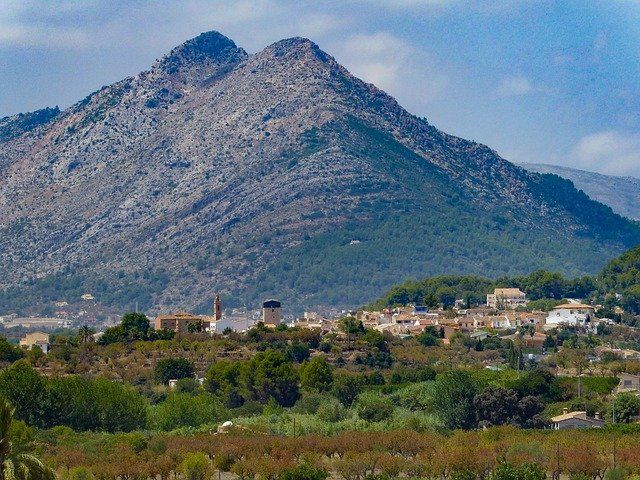
Needs
1. Huge areas of the rural part of Spain are unevangelized. There are still many towns and villages with no known believers. There is freedom to evangelize and openings for evangelism through television and local radio. Recent conversions of ones and twos have been reported.
2. There is great ignorance in the churches of the same gospel of grace that the reformers once sought to bring to Spain.
3. Family life in Spain is threatened by alcoholism, widespread drug abuse (with resultant AIDS), rampant materialism and hedonism.
4. The Basques have long proved resistant to the gospel message.
5. Islam has had a significant missionary impact upon the Spanish, especially in Granada and Cordoba. Many illegal immigrants who have entered Spain from Africa are Muslim. There is greater freedom for reaching Muslims in Spain than in many other countries.
6. There are significant historical and cultural connections between Spain and its former colonies, including Latin America. Such connections have missionary implications.




